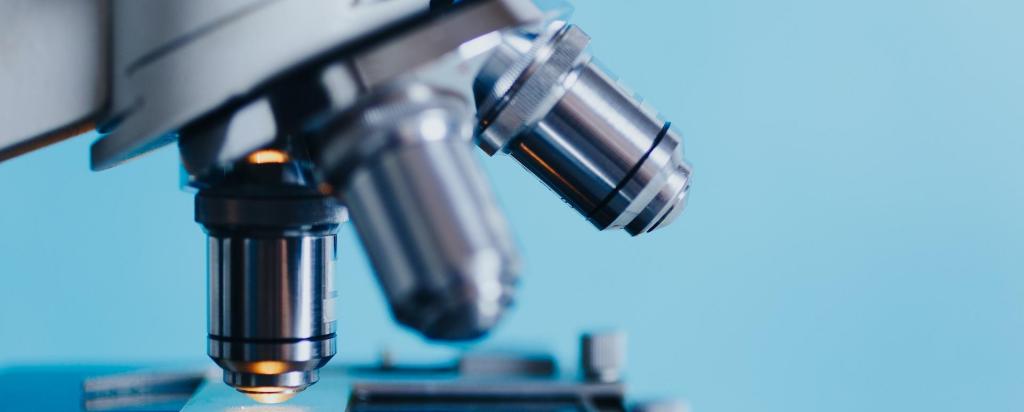
Pip is a passionate creative who is obsessed with applying design thinking to any and every project she can get her hands on, no matter the topic.

Showing 141 - 160 of 237 results

Pip is a passionate creative who is obsessed with applying design thinking to any and every project she can get her hands on, no matter the topic.
International study has revealed a clustering of charged particles in the microgravity environment of space,with implications for the development of materials and better drugs that depend on the mixing of two or more charged particles.
Potential new treatments and tools for depression under development.
The Australian Synchrotron is a source of powerful X-rays and infrared radiation that can be used for a wide range of scientific and technical purposes. Synchrotron X-rays are millions of times brighter than those produced by conventional X-ray machines in laboratories and hospitals.
MABI instrument can determine both the concentration and source of black carbon pollution in the atmosphere.
The new facility will be built around a product line of ANSTO’s design – a new Technetium-99m generator – that will enable greater process automation than is possible with existing technology, leading to improvements in efficiency, quality and importantly the highest levels of production safety.
Commitment to undertake health research.
Korean physicists concluding placement at ANSTO under a collaborative agreement.
Dharawal Mural tells an ancient story. Aboriginal and Torres Strait Islander viewers are advised that webpage contains images of people who have died.
ANSTO is expanding its global connections, with the nandin Innovation Centre joining an international network created to increase cross industry collaboration and co-creation.

In May 2023, The Honourable Dr Annabelle Bennett, ANSTO Board Chair, shared ANSTO's Statement of Intent with the Minister for Industry, Science and Technology.
Electron and X-ray diffraction techniques provide insights into material damage under stress-strain conditions.
Atmosphere scientists find link between indigenous weather knowledge and Sydney air pollution.